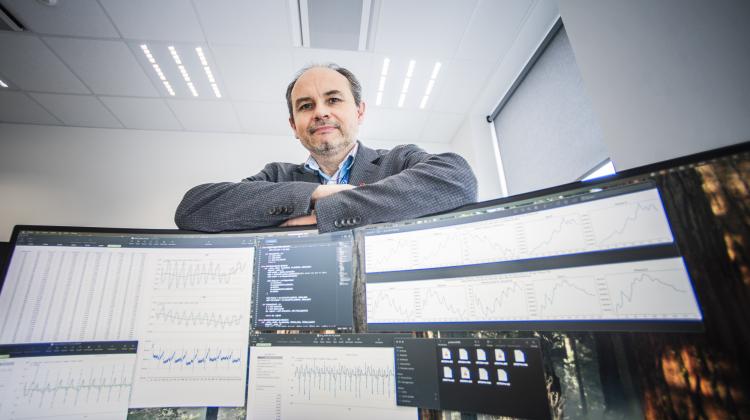There is about 1 600 m3 of freshwater per inhabitant per year in Poland, which is a rather meager value compared to the UE countries' average of about 4 500 m3 per year. Of course, even such disproportions do not indicate that we are going to run out of clean drinking water anytime soon. However, the situation is much worse viewed from a global perspective. It turns out that each month, 1 000 children die from diseases caused by a lack of access to clean water. Whereas the estimated number of people suffering from a shortage of freshwater for at least one month per year is 4 billion.
It may seem incongruous that on a planet where water covers 72% of its surface people should be dying from its shortage. The primary reason for that is that 97% of Earth's water is sea and ocean water that has a significant degree of salinity and is unfit for direct human consumption. Of the remaining 3%, most is locked up in glaciers. What it is really means is that only 0.6% of Earth's water is freshwater. This number shatters all illusions: there is and there will be a shortage of freshwater unless an effective and cheap method of water desalination is found.
Today, in 150 countries around the globe, water is being desalinated. Devices used in this process (based on different technologies) provide almost 86,8x106 m3 of fresh water per day to meet the needs of 300 million people. If so, why is there a problem?
The quantity does not suffice for all who need it and, on top of that, the process is energy-intensive. 75TWh of energy is used up to produce this amount of desalinated water, which is about 0.4% of the total global output of electric power. If you convert it into kilowatt-hours that you know from your monthly energy bills, you will get 75 000 000 000 kWh. So big a number on an energy bill would have any average Joe (or Jane) die of a heart attack.
Because desalination of water is so cost-intensive, it is imperative that we keep looking for technologies to replace reverse osmosis (currently, the most frequently used process where a solvent from a solute of a higher concentration moves through a semipermeable membrane to a solute of a lower concentration at the expense of an applied high pressure).
One such technology has been reported in a publication by a research team from Rice University in Huston. The technology uses a specific membrane which can absorb solar energy to a significant degree.
Membrane distillation relies on the process of vapourization of heated salt water, and its condensation on the cold side. Crucial to this process is a membrane which prevents the liquid on both sides from direct contact. Additionally, the size of the pores in the membrane and its hydrophobicity ensure that only water vapour permeates. The bigger the difference in the temperature of the water on both sides of the membrane, the higher the efficiency of the process. This, however, requires energy and pushes up the cost of the process.
The idea to use waste heat (e.g. from other industrial installations) or solar energy to heat salt water is not new. However, the solution proposed by the Rise research team is novel in that the sunlight hits the membrane directly, which triggers a thermal effect that results in water vapourization, and the process.
The authors report that the technology makes it possible to get over 5 dm3 of water from which 99.5% of salt has been extracted with a 1 m2 membrane in one hour. Is it much? Compared to the efficiency of reverse osmosis, the result may seem rather measly. Yet, it should be pointed out that reverse osmosis requires very high pressure conditions, which is the main reason for its high cost. The authors intend to redesign the installation to enable heat recovery, which should boost its efficiency.
Anyone interested to find out more about the invention may want to read the original publication by the Rice team (here): P.D.Dongare, et al., Nanophotonics-enabled solar membrane distillation for off-grid water purification, Proceedings of the National Academy of Sciences (2017), doi: 10.1073/pnas.1701835114




